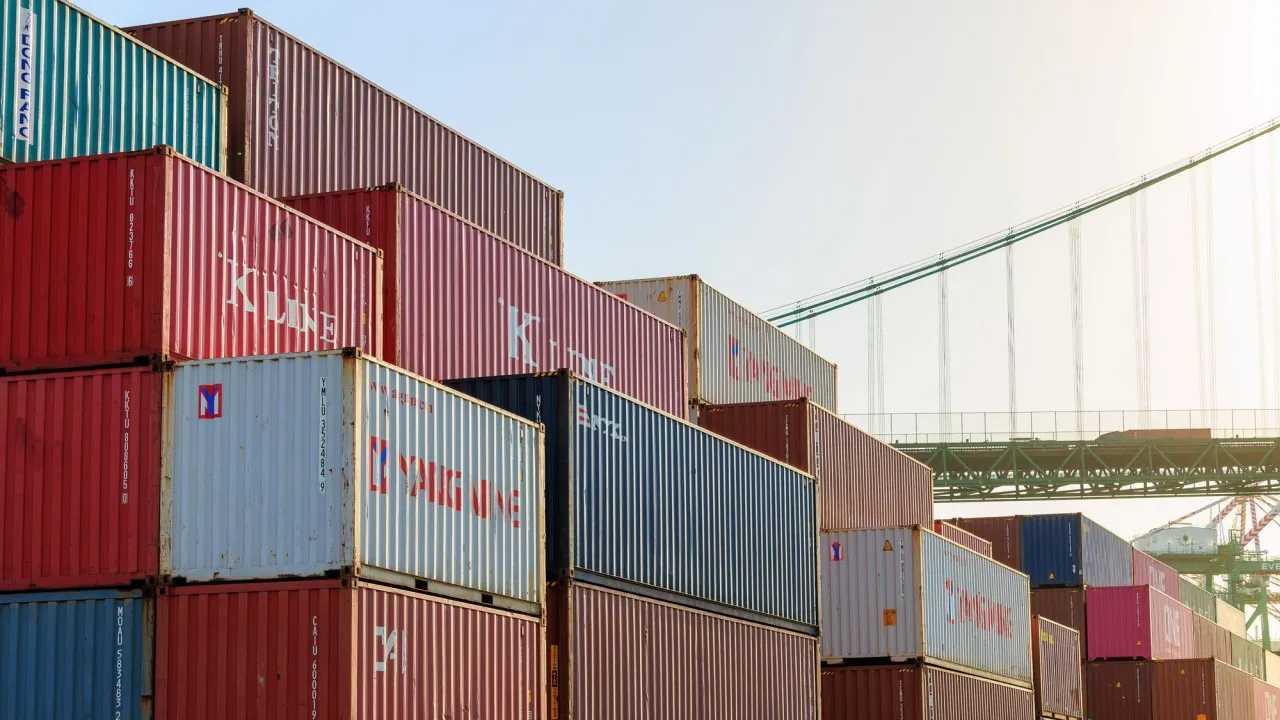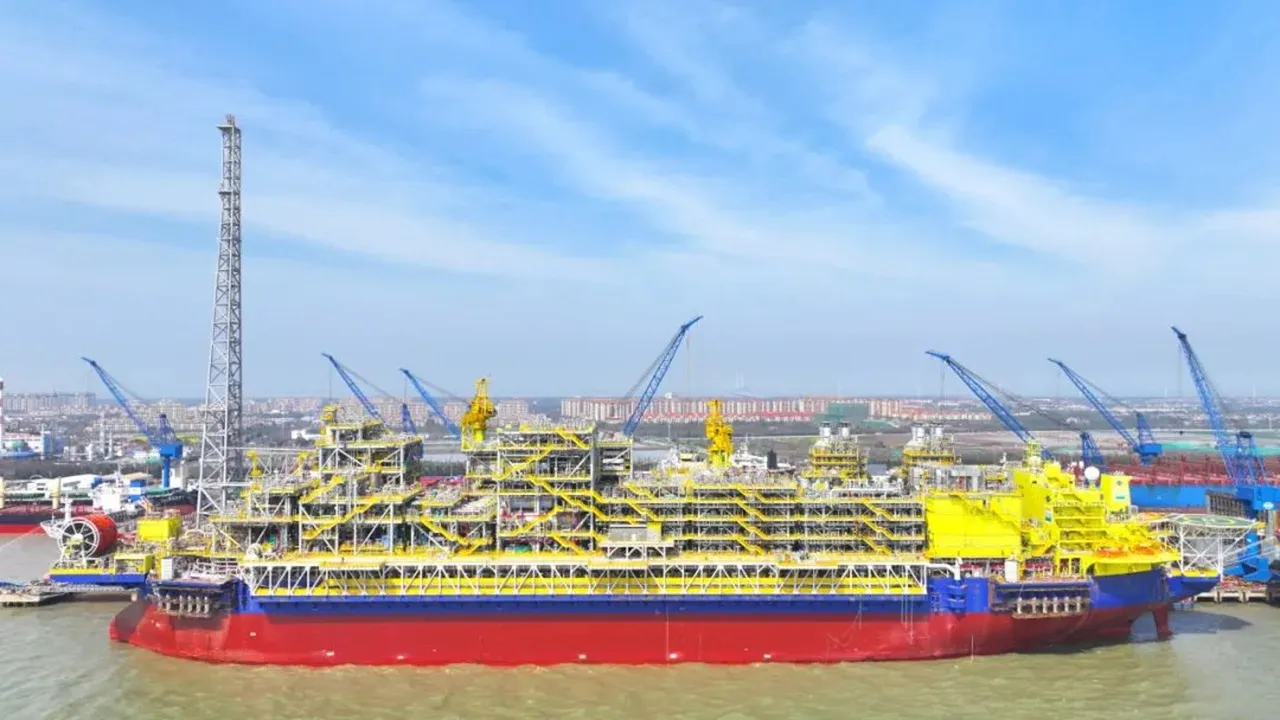Seatrade Maritime: Supply chain damage already done, says Xeneta
China and the US’ trade war truce, suspending port fees and lowering tariffs will not see an upsurge of demand as the damage to supply chains has already happened and the outlook for 2026 remains uncertain.
Market analytics platform Xeneta argues that container shipping once again needs “to react to chaotic and unpredictable geo-political games”. The lowering of tariffs and removal of port fees is a positive, but the uncertainty in the industry will remain into next year, as the US Supreme Court considers challenges to the president’s reciprocal tariffs, and hostilities set are on hold for just 12 months.
Carriers, “have already carried out the disruptive work to rearrange services to reduce the financial impact of these new levies – in that sense the damage has already been done,” claimed chief analyst Peter Sand.
Long- and short-term rates are on the slide and Xeneta does not expect that the shipping lines’ efficient capacity absorption measures — including slow steaming, blank sailings and idling ships — along with a negative global demand outlook, ongoing geo-political tensions and further port disruptions, will be sufficient to restore a more balanced industry as new capacity continues to outpace demand.
Taiwan-based freight forwarder Dimerco, reports that the global economic outlook has already begun to turn.
“Global manufacturing activity is showing signs of slowing, with September’s PMI indicating softer growth. Although official US data is limited due to the government shutdown, early indicators suggest the recent boost from tariff-related front-loading is losing momentum,” according to Dimerco’s monthly Asia Pacific Freight Report.
Until the Supreme Court rules on the legality of President Trump’s reciprocal tariffs, which could be as early as January or as late as June next year, uncertainty will remain and will encourage shippers to limit freight movements to avoid spiralling costs.
According to Ted Chen, director ocean freight global sales and marketing at Dimerco Express Group: “Until the dust settles, most importers are adopting observer mode, having already increased shipment volumes earlier this year to stock up on inventory. The remainder of the year is expected to be slow, with chance of inventory replenishment in early 2026.”
Spot rates on the critical Pacific eastbound trades have seen an uptick in recent weeks, but Xeneta does not believe that this will necessarily lead to a significant increase in longer term rates, with market fundamentals now firmly pointing in shippers’ favour.
However, the company warned: “This is no time for shippers to relax. 2026 is a huge opportunity to bring greater agility and resilience into supply chains after the carnage of 2024 and 2025.”
Moreover, with the uncertainty over US consumer spending meaning that shippers cannot be certain of the volume demand for next year, Xeneta further cautions shippers to agree flexible contracts that will allow them to adjust volumes and to effectively manage their freight spending.
Contract negotiations should be easier for shippers as the record orderbook means capacity will grow at a faster rate to demand and with major capacity absorption having already taken place — on the Red Sea — that will see a far more competitive market as shipping lines look to raise utilisation.
“Carriers will be hunting for volumes to fill their ships in 2026 and the competition will be fierce given the overcapacity in the market. Carriers will need to bring more to the table than lower freight rates – shippers will be looking for better reliability performance and network coverage for their chosen service provider,” said Xeneta.
Related Posts




